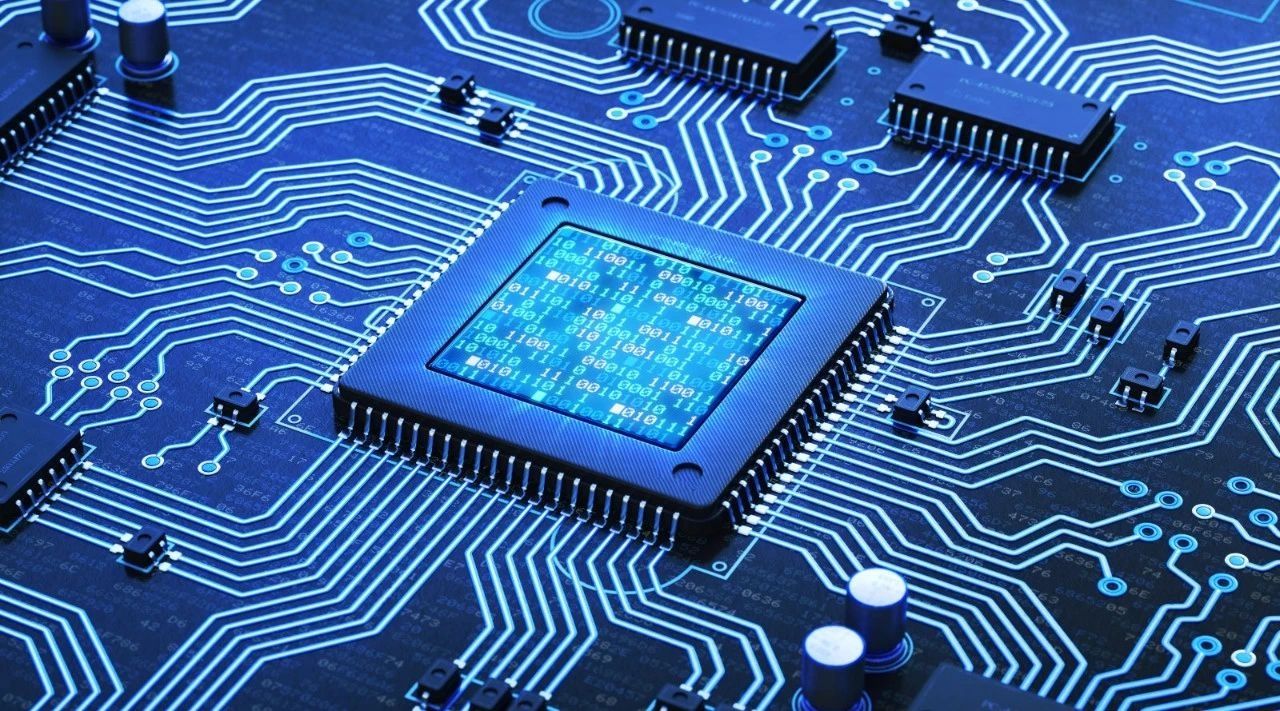The transfer of electronic chemical production capacity to China has become a general trend. Regionally, Asia Pacific, especially China, has become the dominant market for the global electronics industry and its chemicals. Companies including Rohm and Haas ( Dow), Honeywell, Mitsubishi Chemical and BASF are racing to focus their electronic chemicals businesses on the Asia-Pacific region, including China. China is rich in raw materials, relatively low in labor costs, and has obvious advantages in being close to downstream demand. The electronic chemical production capacity shifting to China has become a general trend.
In policy, Government support has increased. Major policies such as the Twelfth Five-Year Plan for Strategic Emerging Industries and the Twelfth Five-Year Plan for New Chemical Materials have been introduced. Corresponding incentive measures and policies for various industries have also been introduced, such as the re-approval of polysilicon licenses. Distribution, fluorine chemical access, rare earth access and integration, "nuclear high base" national major project, integrated circuit "national eight", etc. Domestic enterprises are engaged in liquid crystal materials (LCD), PCB chemicals, packaging materials, high-purity reagents, capacitor chemicals, battery materials, photovoltaic chemicals, electronic pharmaceutical reagents, electronic fluorine chemicals, and electronic phosphorus chemicals. With favorable policies, the domestic electronic chemical industry will show a high growth trend.
China's electronic chemical industry is growing faster than the world. In the past ten years, the global electronic industry has developed rapidly, and the corresponding electronic chemical industry is also in a stage of rapid growth. From 2010 to 2015, the compound annual growth rate of global electronic industrial chemicals is 13%, and it is estimated that the global electronic chemicals market will reach 48.8 billion US dollars by 2015. The compound growth rate of China's electronic chemicals industry is 15%. By 2015, the domestic market capacity will reach 49 billion yuan.
The various sub-sectors of electronic chemicals are distinctly different. With the rapid growth of the industry, the differentiation of various electronic chemical products is becoming more and more obvious. For some materials with concentrated demand and long-term dependence on imports, such as lithium battery materials, photovoltaic materials, etc., whether it is policy encouragement, government support or capital investment, it has greatly promoted the rapid development of the industry. However, we need to note that this rapid development has not been smooth sailing. The industry has many repeated construction capabilities, and the product quality is uneven. At the same time, from the perspective of downstream industries, taking lithium batteries as an example, the growth of demand for consumer lithium batteries has slowed down, and the lithium battery market for low-speed electric vehicles is tepid and cannot quickly digest excess capacity. slip. However, with the passing of the peak of new production capacity and the gradual recovery of downstream demand, the profits of related chemicals will stabilize and slowly enter the recovery channel.
Post time: Jul-27-2022




